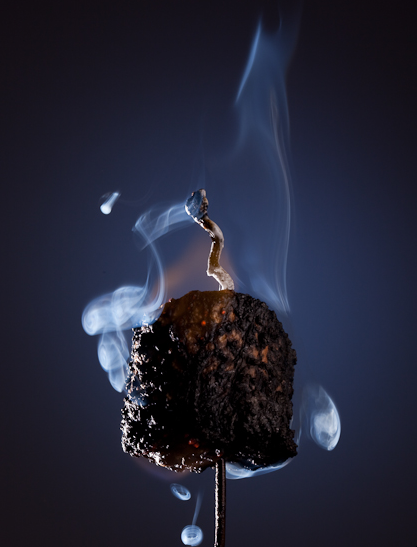I was browsing the web this morning when my desktop turned off. It tried rebooting a couple of times while making unusual sounds. By the third boot attempt, I had smelled the burning and unplugged the PSU. Not being sure which component was failing, I tried turning on the PC again and immediately saw flames erupt from my GPU. I unplugged again and pulled out the GPU. My PC seems to be working fine with integrated graphics for now and I have some photos of the damage below. I do not see any visible damage to the MOBO or PCI slot and it looks like the part that failed wasn't right against the MOBO. Still, my questions are:
How can I be confident that the rest of my system is "okay"?
How can I know that installing a new GPU won't instantly fry the new GPU?

An album with a few photos:
https://imgur.com/a/5qEAB1W
Btw, the card is 4 years old, outside of warranty.
How can I be confident that the rest of my system is "okay"?
How can I know that installing a new GPU won't instantly fry the new GPU?

An album with a few photos:
https://imgur.com/a/5qEAB1W
Btw, the card is 4 years old, outside of warranty.


